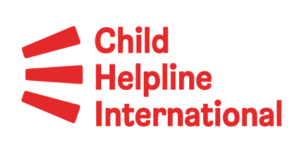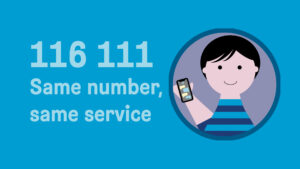Child helplines have a unique insight into the gap between policy and reality, making them a key actor in advocating for children’s rights. They support millions of children every year. They respond to issues ranging from serious children’s rights violations, to children who just want someone to chat to on the way home from school. What brings child helplines together is the provision of an easily accessible, confidential system that allows children themselves to tell a counsellor what is going on in their lives. Child helplines also have an insight into the direct experiences of children and young people on a larger scale than any other organisations. Therefore, the value of child helplines’ data on contacts cannot be overstated in informing and guiding policy, learning and practice.
In order to understand the issues faced by the children and young people who get in touch with child helplines, we survey our members around the world every year to gather information about the contacts they receive.
Key Findings
In 2022 our child helpline members received 12,638,633 calls, of which 3,765,975 were counselling contacts – those situations in which a child helpline is able to provide assistance to the caller. Non-counselling contacts include, among other things, silent calls, abusive calls and test calls.
We have been able to observe a steady and substantial increase in counselling contacts over the years, with a 19.4% increase from 2021 to 2022, and a total increase of 74% across the entire 4-year period 2019 to 2022. In contrast, non-counselling calls have dropped considerably over the past 4 years – from over 10 million in 2019 to about 7.5 million in 2023.
Globally, mental health and violence remain the two most common reasons for children and young people to make contact with a child helpline. Over half of the contacts received are related to one of these two topics.
Where the gender is known (and is not non-binary), girls contacted child helplines more than boys. This is especially true for contacts relating to mental health concerns, for which girls made contact twice as often as boys. Girls also constituted a significant majority for contacts concerning family and peer relationships. Two notable exceptions, where boys made contact more often, were calls about missing children and sexuality.
Our report provides an overview of over 3.75 million counselling contacts made to child helplines around the world.
This is equivalent to 430 contacts every hour of every day of the year.
Technical Report
If you would like to have more detail about the data we have collected and our analysis and findings, then this version of our Global Child Helpline Data report takes you on a “deep dive into the data”.





